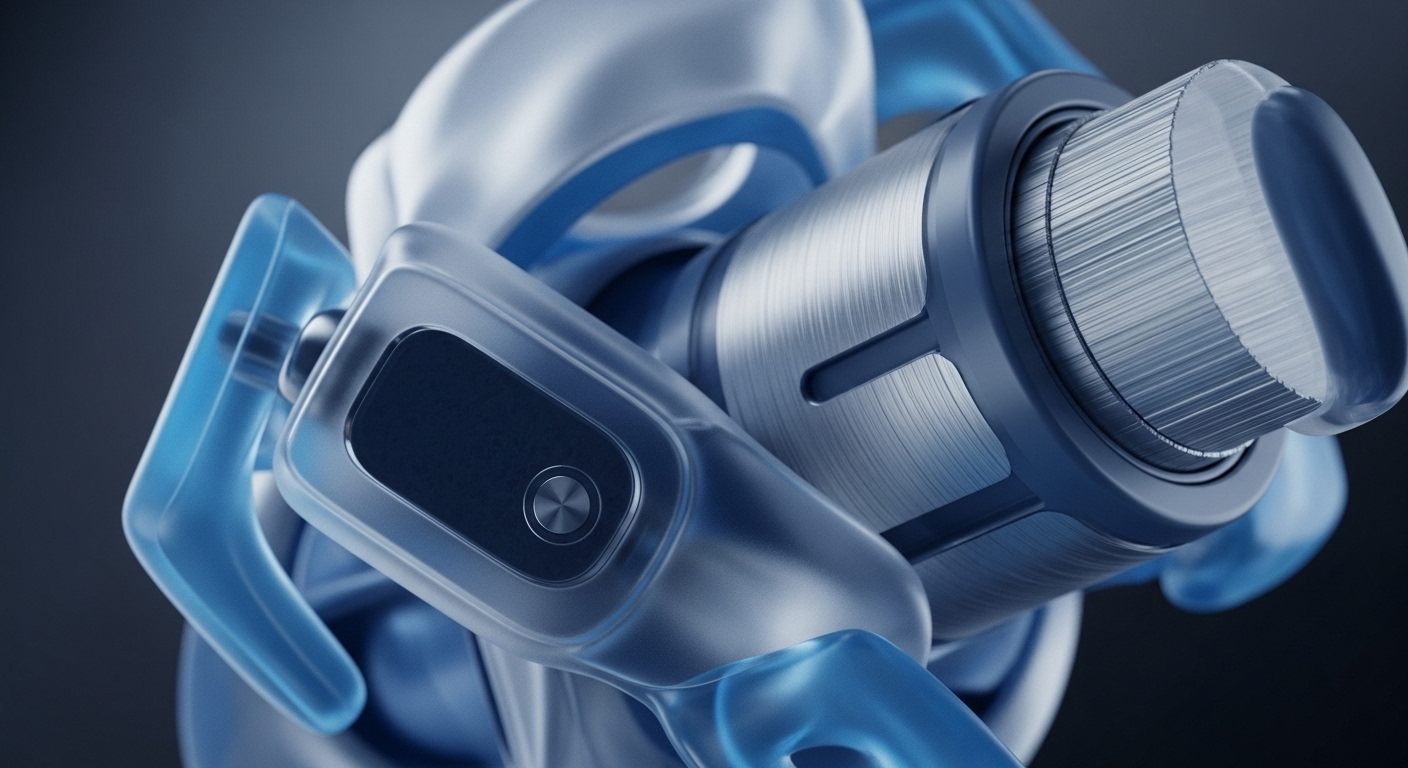
Briefing
This foundational research introduces Virgo++, a novel zero-knowledge proof system that fundamentally resolves the long-standing challenge of applying Goldwasser-Kalai-Rothblum (GKR) based protocols to arbitrary arithmetic circuits. By pioneering a new sumcheck equation and efficient claim-combination techniques, Virgo++ achieves optimal linear prover time and succinct verification, eliminating the prohibitive overhead previously associated with transforming general computations into layered circuit structures. This breakthrough significantly expands the practical applicability of efficient zero-knowledge proofs, paving the way for more performant and versatile verifiable computation across decentralized systems.

Context
Prior to this work, GKR-based interactive proofs, while theoretically efficient, were constrained to layered arithmetic circuits. This limitation necessitated complex and costly transformations (padding general circuits to layered ones, often incurring O(d|C|) overhead, where ‘d’ is depth and ‘|C|’ is circuit size) for real-world applications. The prevailing academic challenge involved extending these highly efficient proof systems to directly support arbitrary circuit structures without sacrificing performance or introducing prohibitive complexity.

Analysis
Virgo++ introduces a generalized doubly efficient interactive proof protocol that directly processes arbitrary arithmetic circuits. The core mechanism involves a novel sumcheck equation which reduces claims about one layer’s output to only its direct inputs, circumventing the depth-proportional overhead of previous approaches. The prover utilizes efficient algorithms to execute this sumcheck in linear time, and a sophisticated method, either an arithmetic circuit or a specialized sumcheck, combines multiple resulting claims into a single evaluation for recursive processing. Zero-knowledge properties are maintained through small masking polynomials and zero-knowledge sumcheck protocols, ensuring privacy without compromising efficiency.

Parameters
- Core Concept → Generalized GKR Protocol
- New System/Protocol → Virgo++
- Prover Time Complexity → O(|C|) (optimal linear)
- Proof Size Complexity → min{O(d log |C| + d^2), O(|C|)}
- Verifier Time Complexity → min{O(|x| + log^2 n + d log |C| + d^2 + T”), O(|C|)}
- Setup Type → Transparent (no trusted setup, building on Virgo)
- Key Authors → Jiaheng Zhang et al.
- Publication Date → May 1, 2025

Outlook
This advancement lays a critical foundation for the next generation of scalable and privacy-preserving decentralized applications, particularly in areas like trustless cross-chain bridges (zkBridge) and verifiable machine learning. The ability to efficiently prove arbitrary computations in zero-knowledge removes a significant barrier to the widespread adoption of ZKP technology, enabling more complex on-chain logic and secure off-chain computation verification. Future research will likely focus on further practical optimizations and integration into diverse blockchain architectures.
Signal Acquired from → berkeley.edu
